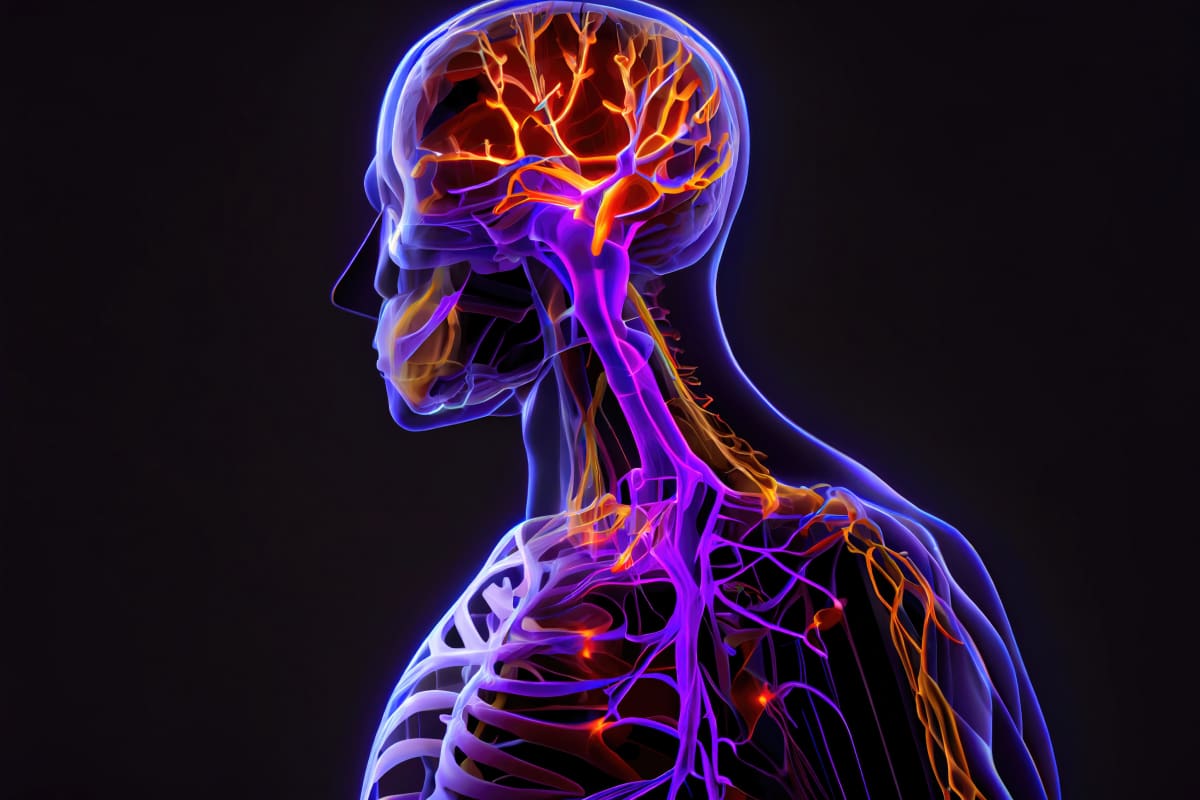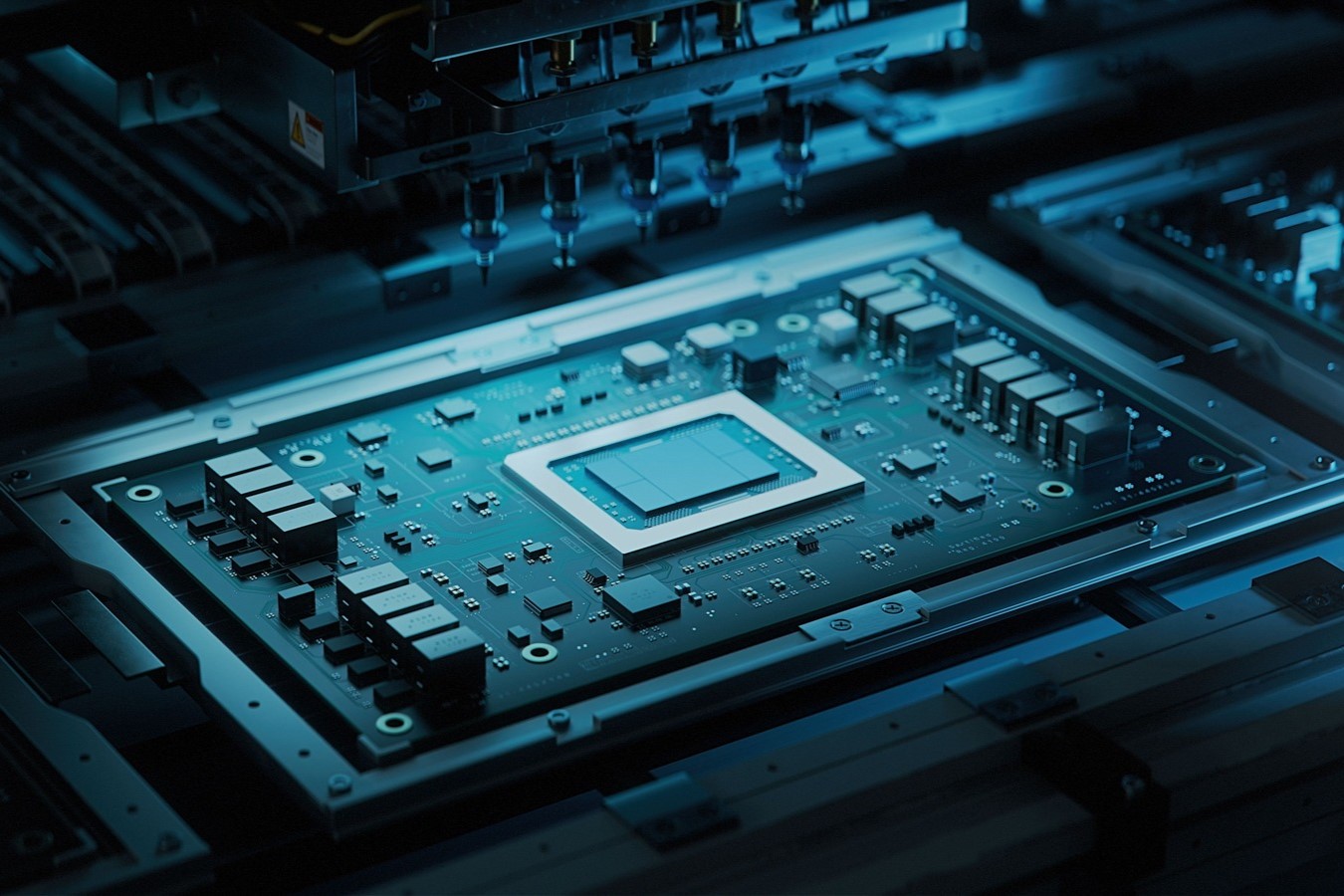
Hereditary Neuralgic Amyotrophy (HNA), also known as hereditary brachial plexus neuropathy, is a rare genetic disorder causing severe, recurrent shoulder and arm pain. This condition primarily affects the brachial plexus, a network of nerves controlling movement and sensation in the upper limbs. HNA is linked to mutations in the SEPT9 gene and follows an autosomal dominant inheritance pattern, meaning a single copy of the mutated gene can cause the disorder. Symptoms include intense pain episodes, muscle wasting, and weakness. Some individuals may also exhibit distinct facial features and skeletal abnormalities. Understanding HNA is crucial for managing symptoms and improving quality of life for those affected.
What is Hereditary Neuralgic Amyotrophy?
Hereditary Neuralgic Amyotrophy (HNA) is a rare genetic disorder that affects the nerves in the shoulder and arm. It causes severe pain and muscle weakness, making everyday tasks challenging for those affected.
-
HNA is a genetic disorder: This condition is passed down through families, meaning it is inherited from one's parents.
-
Affects the brachial plexus: The brachial plexus is a network of nerves that run from the spine through the neck and into the arms.
-
Recurrent episodes of pain: Individuals with HNA experience repeated bouts of intense pain in the shoulder and arm.
Genetic Basis of HNA
Understanding the genetic roots of HNA helps in diagnosing and managing the condition. The disorder is linked to specific changes in a particular gene.
-
Associated with the SEPT9 gene: Mutations or duplications in the SEPT9 gene are primarily responsible for HNA.
-
Autosomal dominant inheritance: Only one copy of the mutated gene is needed to cause the disorder, making it easier to pass on to offspring.
-
Septin proteins: The SEPT9 gene encodes septin proteins, which play a role in cell division and organization.
Symptoms of HNA
The symptoms of HNA can vary widely among individuals, but they generally involve pain and muscle issues in the upper body.
-
Severe shoulder and arm pain: The primary symptom is intense pain that can last from hours to weeks.
-
Muscle wasting: After pain episodes, affected muscles may shrink, leading to weakness.
-
Distinct facial features: Some individuals may have unique facial characteristics, though this is not always present.
-
Skeletal abnormalities: Changes in bone structure or density can also occur in some cases.
Impact on Daily Life
Living with HNA can be challenging due to the physical limitations it imposes. Understanding these impacts can help in managing the condition better.
-
Reduced mobility: Muscle weakness can make it difficult to perform everyday tasks.
-
Persistent pain: Many individuals experience ongoing pain even between episodes.
-
Altered posture: To avoid pain, people may adopt different postures, which can lead to other issues.
Diagnosis and Genetic Analysis
Diagnosing HNA involves genetic testing and understanding the clinical history of the patient. Early diagnosis can help in managing the condition effectively.
-
Molecular genetic analysis: Testing for mutations in the SEPT9 gene can confirm the diagnosis.
-
Early onset cases: Though rare, HNA can manifest in early childhood.
-
Clinical phenotype: The symptoms and severity can vary widely among individuals.
Treatment and Management
While there is no cure for HNA, various treatments can help manage the symptoms and improve quality of life.
-
Pain relief medications: Analgesics, anticonvulsants, and corticosteroids can help alleviate pain.
-
Physical therapy: Exercises can maintain mobility and strength without exacerbating the condition.
-
Lifestyle modifications: Avoiding heavy lifting and maintaining proper posture can reduce the risk of further nerve injury.
Additional Complications
HNA can sometimes be associated with other health issues, making comprehensive care important.
-
Platelet dysfunction: Some individuals may have issues with platelet aggregation, affecting blood clotting.
-
Kidney cysts: In rare cases, HNA can be linked to the development of kidney cysts.
Support and Awareness
Raising awareness and providing support for those with HNA can make a significant difference in their lives.
-
Genetic counseling: Families with a history of HNA can benefit from genetic counseling to understand the risks.
-
Patient support groups: Connecting with others who have HNA can provide emotional support and practical advice.
-
Research and diagnosis: Ongoing research is crucial for improving diagnosis and treatment options.
-
Education and awareness: Educating healthcare providers and the public about HNA can lead to earlier diagnosis and better management.
Final Thoughts on Hereditary Neuralgic Amyotrophy
Hereditary Neuralgic Amyotrophy (HNA) is a rare genetic disorder that brings severe pain and muscle weakness in the shoulders and arms. It’s linked to mutations in the SEPT9 gene and follows an autosomal dominant inheritance pattern. Symptoms can vary widely, from intense pain episodes to muscle wasting and even distinct facial features. Managing HNA involves pain relief, physical therapy, and lifestyle changes to avoid further nerve damage. Genetic counseling is crucial for families with a history of HNA to understand the risks and make informed decisions. While there’s no cure, ongoing research and awareness efforts aim to improve diagnosis and treatment. Support groups also play a vital role in helping individuals cope with the challenges of this condition. Understanding HNA better can lead to more effective management and improved quality of life for those affected.
Was this page helpful?
Our commitment to delivering trustworthy and engaging content is at the heart of what we do. Each fact on our site is contributed by real users like you, bringing a wealth of diverse insights and information. To ensure the highest standards of accuracy and reliability, our dedicated editors meticulously review each submission. This process guarantees that the facts we share are not only fascinating but also credible. Trust in our commitment to quality and authenticity as you explore and learn with us.


